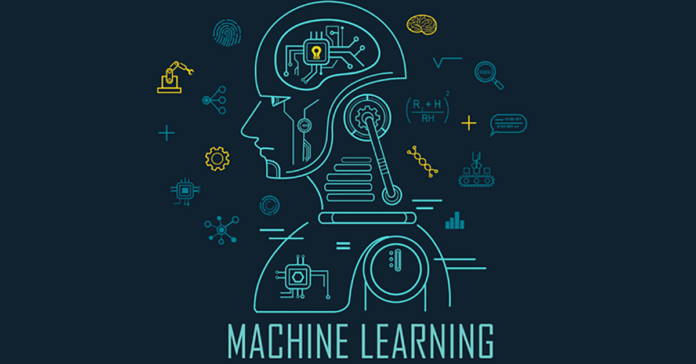Machine learning is one of the common terms that has created an immense amount of buzz in the technology industry. It has been used in healthcare, medical diagnosis as well as solving a complex business problem. To decode some of the most commonly used jargons in the machine learning there are several ways –
Autoregression
The autoregression model learns from a series of time steps or else known as time series mole that uses information from the previous timed input to a regression equation to predict the value. This helps to predict an accurate forecast on arrange of the time series problem.
Backpropagation
It is also known as backward propagation of errors and it is the algorithm used for training artificial neural networks for supervised learning. It helps in determining the minimum value of the error at the output and then propagate it back into the neural network.
Few-shot learning
It is also known as one-shot learning in which the type of training model was a very small set training data used instead of an extensive one. It generally carries a suitable object categorization model work without any several examples.
Hyperparameter
It is a model parameter that is known as the properties of training data which can learn independently during any training by the machine learning models. Some of its parameters are weighed and biases.
Recommended engine
It is used for recommending customers about their favorite products on any online platform, also it is a data filtering tool that mainly uses an algorithm to recommend the most frequent and preferred item for certain users.
Tokenization
It is a process of transforming data into tokens and it is explicitly used for NLP. For example, if a data is an account number then this process will turn that account number into strings of characters which is known as tokens.
Optimizer
They are the type of algorithms and techniques used to optimize the neural networks during any training process so the method is known as optimization. In common terms, the optimizer transforms the model in a perfect form by working around its weigh to check the precise result.
Convergence
It is a method in which the iterative algorithm also known as an initial method to predict the outcome converges when the result gets closer to a certain value. When data is processed over many times the model converges to represent the latent variables.
Learning rate annealing
The process in which training of neural networks involves many hyperparameters and one among is the learning rate for gradient descent, which determines the magnitude of the weighs to reduce the losses.
Batch normalization
It is a method of making the neural network faster and more stable by re-centering and re-scaling it. This method normalizes the input layer by modifying and scaling the activations by allowing each layer to learn independently. minimizing the hidden layer.

